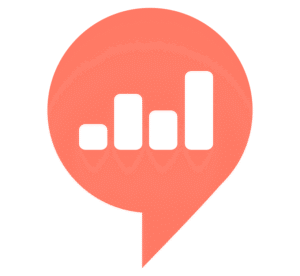-
Broad Data Source Support: Redash connects to more than 35 SQL and NoSQL databases, cloud warehouses, APIs, and file uploads such as CSV and Excel. The wide coverage gives users access to data from many platforms without the need for heavy custom integrations.
-
Query Editor: The SQL editor includes syntax highlighting, auto-complete, and schema browsing. Both technical and non-technical users benefit from a smoother process when working with complex queries.
-
Data Visualizations: A variety of options exist, including line charts, bar charts, pie charts, scatter plots, boxplots, funnels, maps, pivot tables, Sankey diagrams, sunburst graphs, and word clouds. Custom axes, labels, and colors help match visuals to specific analytical needs.
-
Interactive Dashboards: Multiple visualizations appear together on one dashboard through a simple drag-and-drop layout. Real-time monitoring, filtering, and drill-down options allow deeper insights.
-
Scheduled Queries and Refreshes: Queries and dashboards update automatically at chosen intervals, which keeps data current and reduces manual work.
-
Alerts and Notifications: Users set conditions for data changes and receive alerts by email or Slack once thresholds are met. Critical shifts in data get immediate attention.
-
Collaboration and Sharing: Queries, dashboards, and visualizations are easy to share through links, embedded widgets, or scheduled reports. Teamwork improves with features such as commenting, version control, and peer review.
-
User Management and Access Control: Role-based permissions, encrypted connections, and detailed access levels protect sensitive data. Administrators decide who can view or edit resources.
-
REST API Access: A REST API provides programmatic access to queries, results, and metadata. External tools connect easily, and workflows gain efficiency through automation.
-
Open-Source Flexibility: Redash operates as open source, which means organizations adapt it to their own security or compliance requirements. Both self-hosted and cloud-hosted options remain available.
-
Data Export: Query results and visualizations export in CSV, JSON, or PNG formats, making insights easy to share or reuse in other applications.
-
Parameterization: Queries accept dynamic parameters so users adjust inputs to explore data from different angles.
-
Data Caching: Query results remain stored to reduce repeated processing, which improves performance and speeds up access to frequently used data.
-
Multi-Tenancy Support: Separate environments for different teams or organizations exist within a single instance. Large and complex structures gain secure and efficient management.

